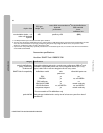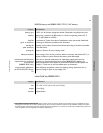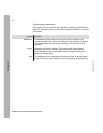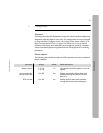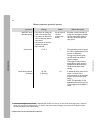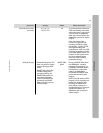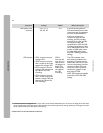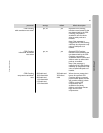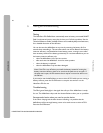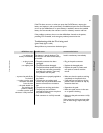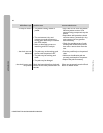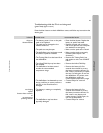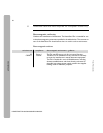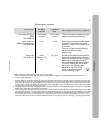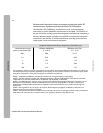
46
Philips Medical Systems
HEARTSTART FRx 861304 OWNER’S MANUAL
APPENDICES
G Testing and troubleshooting
Te s t i n g
The HeartStart FRx Defibrillator automatically tests its battery, connected SMART
Pads II, and internal circuitry every day. It alerts you if it finds a problem. See the
Technical Reference Guide, available online at www.medical.philips.com/heartstart,
for a detailed discussion of the self-tests.
You can also test the defibrillator at any time by removing the battery for five
seconds then reinstalling it. This test takes about one minute. Because the battery
insertion self-test is very detailed and uses battery power, running it more often
than necessary will drain the battery prematurely. It is recommended that you run
the battery insertion self-test only:
• when the defibrillator is first put into service.
• after each time the defibrillator is used to treat a patient.
• when the battery is replaced.
• when the defibrillator may have been damaged.
Note: If the FRx turns off when you install the battery instead of running the
battery insertion self-test, check to be sure that the pads case is not open. If
the pads case is open, the FRx assumes that it may be in use and so will not run
the self-test.
If you need to use the defibrillator to treat a victim of SCA while you are running a
battery self-test, press the On/Off button to stop the test and turn on the
HeartStart FRx for use.
Troubleshooting
The FRx’s green Ready light is the signal that tells you if the defibrillator is ready
for use. The defibrillator chirps and the i-button flashes to alert you to a problem.
Recommended action when you need to use the device
If the FRx is chirping and the blue i-button is flashing, it is possible that the
defibrillator still has enough battery power to be used to treat a victim of SCA.
Press the On/Off button.



